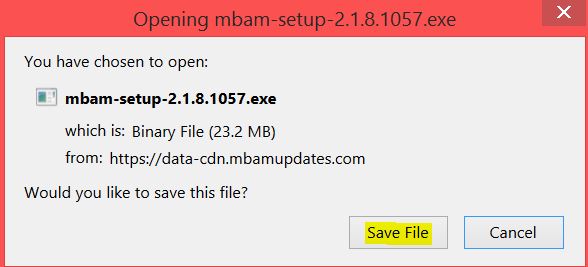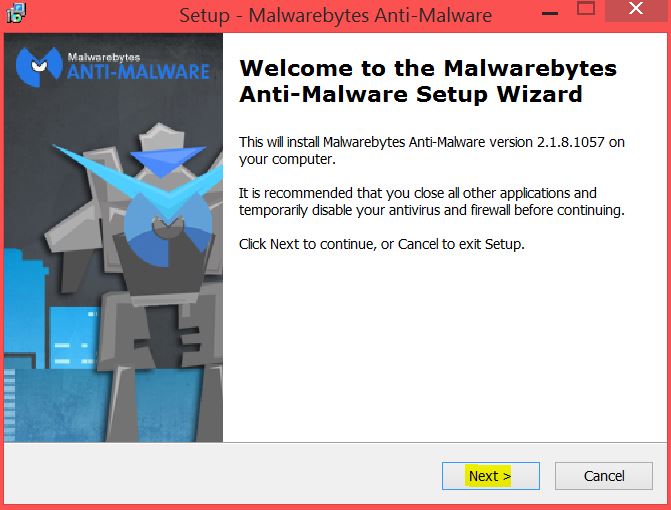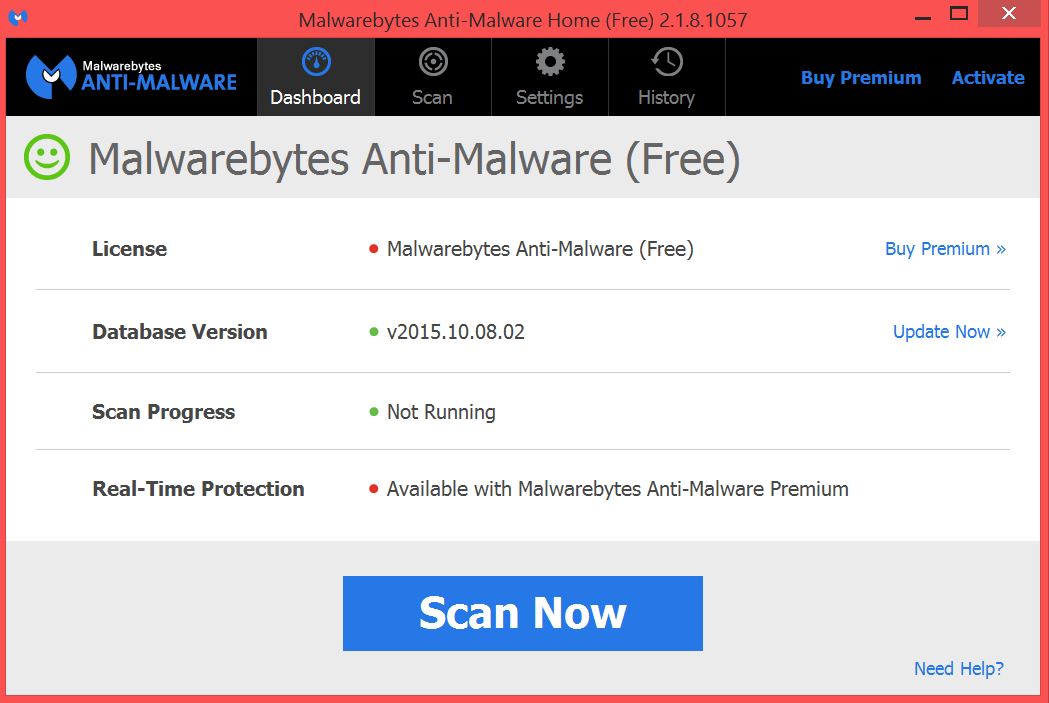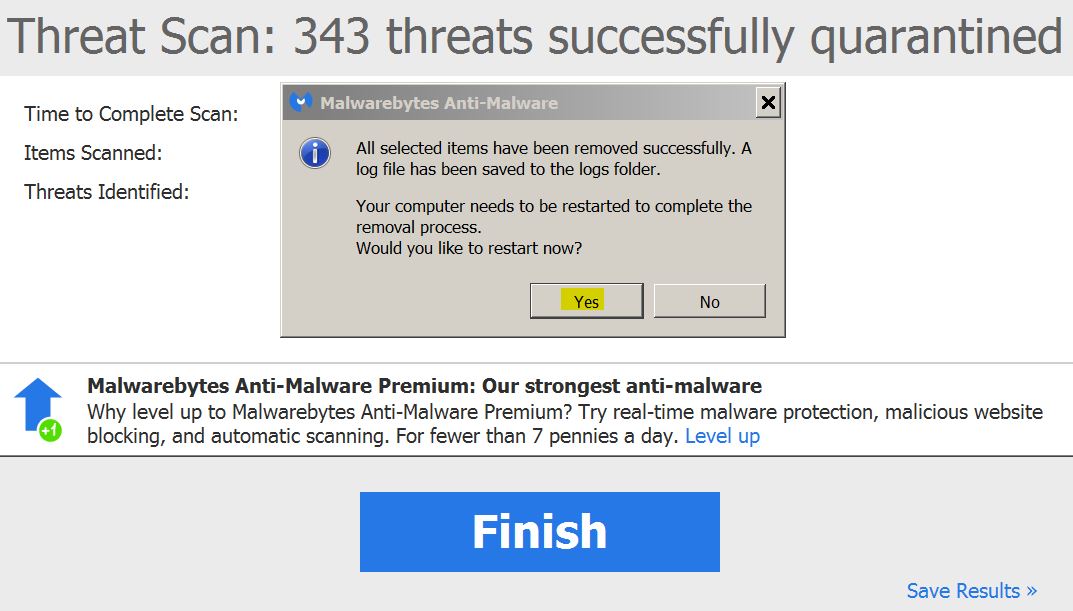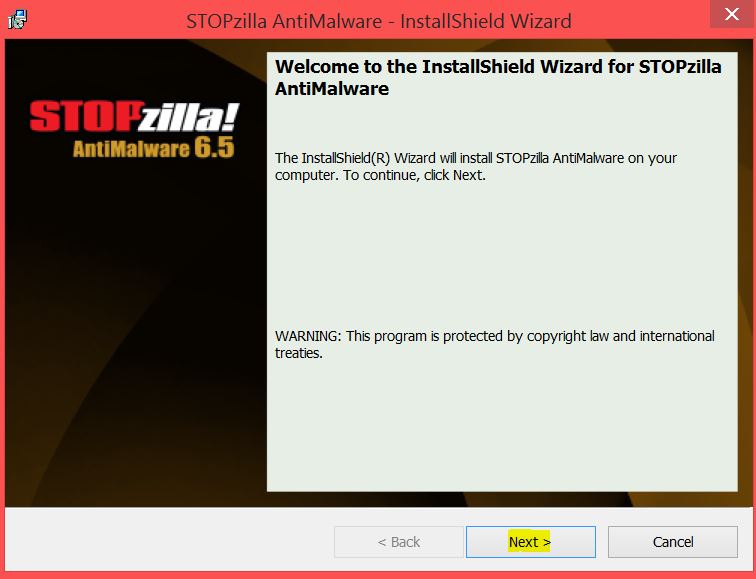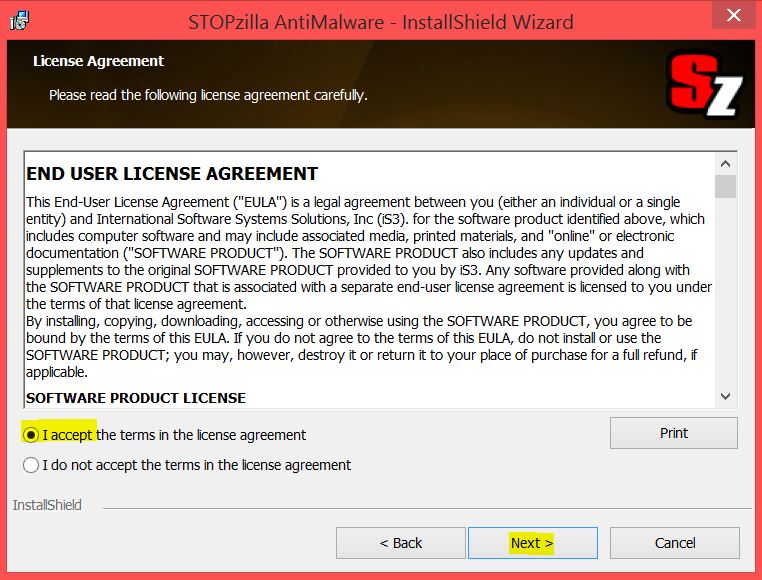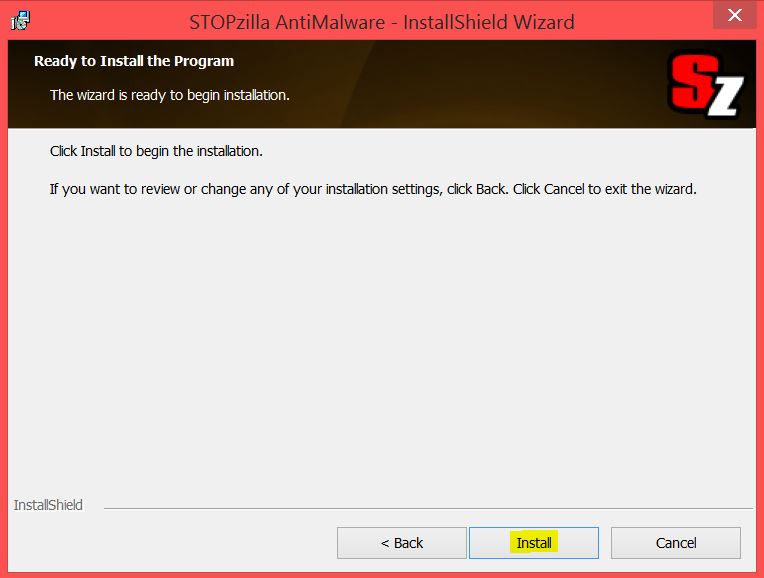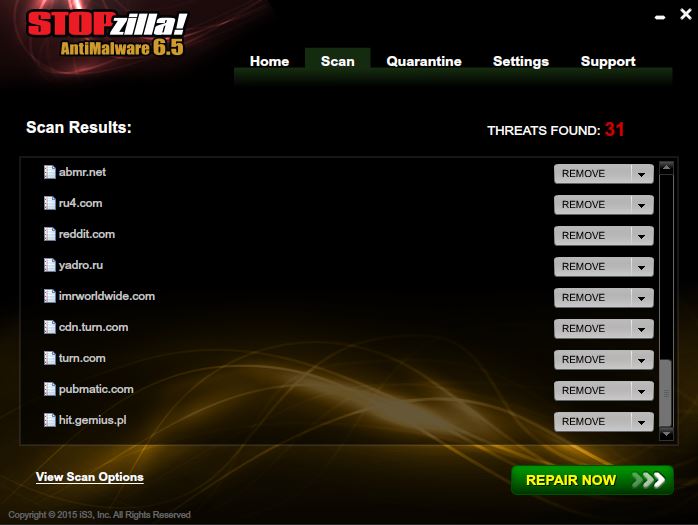 A new malicious virus has been detected and reported to attack PoS systems of primarily small businesses. The malware enters the user PC via spam mails, and it carefully selects what kind of information to collect from infected users. The malware has been reported by researchers to be associated with the hacker group BearsInc. This particular type of malware is also focused on attacking via php, and it collects information after which corresponds with the cyber-crooks CNC (command and control) servers.
A new malicious virus has been detected and reported to attack PoS systems of primarily small businesses. The malware enters the user PC via spam mails, and it carefully selects what kind of information to collect from infected users. The malware has been reported by researchers to be associated with the hacker group BearsInc. This particular type of malware is also focused on attacking via php, and it collects information after which corresponds with the cyber-crooks CNC (command and control) servers.
| Name | TreasureHunt |
| Type | PoS Malware with BruteForce capabilities. |
| Short Description | The malware steals financial data from PoS systems of small businesses. |
| Symptoms | The user may witness higher network utilization in Windows Task manager while the malware is transferring information to the CnC server. |
| Distribution Method | Via other malware or programs that appear legitimate but aren’t. |
| Detection Tool | Download Malware Removal Tool, to See If Your System Has Been Affected by malware |
| User Experience | Join our forum to discuss TreasureHunt. |
TreasureHunt PoS Malware – Distribution
It is widely believed that this malware may be distributed by several different methods:
- Via other programs such as a program imitating Visual Studio 2012.
- Via other obfuscated malware such as a Rookit or Trojan.Downloader on a previously infected device.
- Via exploit kit carried through spam mails, similar to the one in the example picture below.
All users are strongly advised to follow simple security tips (LINKKK) to avoid such occurrences in the future.
TreasureHunt PoS Malware – How Does It Work
This malware uses the so-called “gate.php” object which it uses in the following command to send intercepted financial information:
→ POST /gate.php?report=true
Researchers at Fireeye have identified the following samples in different domains of the “gate.php” object:
→ megastock/gate.php
sdfsgsdsdssdf/gate.php
wp-content/temp/gate.php
noth/gate.php
/southcal/gate.php
/gate.php
/alabol/gate.php
/nothcal/gate.php
The domains associated with the samples are of a various character and names:
- millionjam(.)eu
- cortykopl(.)com
- 91.232.29.83
- it71092781-cy2892378-load887238(.)com
- 179.43.160.34
- 3sipiojt(.)com
- seatrip888(.)eu
- friltopyes(.)com
The collected information may be credit card numbers, online banking passwords, bitcoin addresses and account passwords.
Not only this, but this malicious threat may also use a BruteForce type of attack to break into different user accounts. It may have pre-set combinations of user names and passwords in a large file which may be used from a distance to discover the password.
Remove TreasureHunt PoS Malware
To detect whether or not you have this threat on your PoS device, you should scan it with an advanced anti-malware software. In case, any threat of this type is detected it is advisable to act immediately and change ALL of your financial credentials and any account credentials on this device and any other device on your PoS network. Furthermore, it is strongly recommended to reconfigure your network changing some values and resetting it in case there is any device connected to it.
After that, we strongly advise you to follow the steps mentioned in this article. They will make sure you effectively isolate after which remove this cyber-threat from your computer. In the end, we would definitely recommend following the security tips mentioned in the red link in the “Distribution” section of this article.
Preparation before removing TreasureHunt.
Before starting the actual removal process, we recommend that you do the following preparation steps.
- Make sure you have these instructions always open and in front of your eyes.
- Do a backup of all of your files, even if they could be damaged. You should back up your data with a cloud backup solution and insure your files against any type of loss, even from the most severe threats.
- Be patient as this could take a while.
- Scan for Malware
- Fix Registries
- Remove Virus Files
Step 1: Scan for TreasureHunt with SpyHunter Anti-Malware Tool



Step 2: Clean any registries, created by TreasureHunt on your computer.
The usually targeted registries of Windows machines are the following:
- HKEY_LOCAL_MACHINE\Software\Microsoft\Windows\CurrentVersion\Run
- HKEY_CURRENT_USER\Software\Microsoft\Windows\CurrentVersion\Run
- HKEY_LOCAL_MACHINE\Software\Microsoft\Windows\CurrentVersion\RunOnce
- HKEY_CURRENT_USER\Software\Microsoft\Windows\CurrentVersion\RunOnce
You can access them by opening the Windows registry editor and deleting any values, created by TreasureHunt there. This can happen by following the steps underneath:


 Tip: To find a virus-created value, you can right-click on it and click "Modify" to see which file it is set to run. If this is the virus file location, remove the value.
Tip: To find a virus-created value, you can right-click on it and click "Modify" to see which file it is set to run. If this is the virus file location, remove the value.Step 3: Find virus files created by TreasureHunt on your PC.
1.For Windows 8, 8.1 and 10.
For Newer Windows Operating Systems
1: On your keyboard press + R and write explorer.exe in the Run text box and then click on the Ok button.

2: Click on your PC from the quick access bar. This is usually an icon with a monitor and its name is either “My Computer”, “My PC” or “This PC” or whatever you have named it.

3: Navigate to the search box in the top-right of your PC's screen and type “fileextension:” and after which type the file extension. If you are looking for malicious executables, an example may be "fileextension:exe". After doing that, leave a space and type the file name you believe the malware has created. Here is how it may appear if your file has been found:

N.B. We recommend to wait for the green loading bar in the navigation box to fill up in case the PC is looking for the file and hasn't found it yet.
2.For Windows XP, Vista, and 7.
For Older Windows Operating Systems
In older Windows OS's the conventional approach should be the effective one:
1: Click on the Start Menu icon (usually on your bottom-left) and then choose the Search preference.

2: After the search window appears, choose More Advanced Options from the search assistant box. Another way is by clicking on All Files and Folders.

3: After that type the name of the file you are looking for and click on the Search button. This might take some time after which results will appear. If you have found the malicious file, you may copy or open its location by right-clicking on it.
Now you should be able to discover any file on Windows as long as it is on your hard drive and is not concealed via special software.
TreasureHunt FAQ
What Does TreasureHunt Trojan Do?
The TreasureHunt Trojan is a malicious computer program designed to disrupt, damage, or gain unauthorized access to a computer system.
It can be used to steal sensitive data, gain control over a system, or launch other malicious activities.
Can Trojans Steal Passwords?
Yes, Trojans, like TreasureHunt, can steal passwords. These malicious programs are designed to gain access to a user's computer, spy on victims and steal sensitive information such as banking details and passwords.
Can TreasureHunt Trojan Hide Itself?
Yes, it can. A Trojan can use various techniques to mask itself, including rootkits, encryption, and obfuscation, to hide from security scanners and evade detection.
Can a Trojan be Removed by Factory Reset?
Yes, a Trojan can be removed by factory resetting your device. This is because it will restore the device to its original state, eliminating any malicious software that may have been installed. Bear in mind, that there are more sophisticated Trojans, that leave backdoors and reinfect even after factory reset.
Can TreasureHunt Trojan Infect WiFi?
Yes, it is possible for a Trojan to infect WiFi networks. When a user connects to the infected network, the Trojan can spread to other connected devices and can access sensitive information on the network.
Can Trojans Be Deleted?
Yes, Trojans can be deleted. This is typically done by running a powerful anti-virus or anti-malware program that is designed to detect and remove malicious files. In some cases, manual deletion of the Trojan may also be necessary.
Can Trojans Steal Files?
Yes, Trojans can steal files if they are installed on a computer. This is done by allowing the malware author or user to gain access to the computer and then steal the files stored on it.
Which Anti-Malware Can Remove Trojans?
Anti-malware programs such as SpyHunter are capable of scanning for and removing Trojans from your computer. It is important to keep your anti-malware up to date and regularly scan your system for any malicious software.
Can Trojans Infect USB?
Yes, Trojans can infect USB devices. USB Trojans typically spread through malicious files downloaded from the internet or shared via email, allowing the hacker to gain access to a user's confidential data.
About the TreasureHunt Research
The content we publish on SensorsTechForum.com, this TreasureHunt how-to removal guide included, is the outcome of extensive research, hard work and our team’s devotion to help you remove the specific trojan problem.
How did we conduct the research on TreasureHunt?
Please note that our research is based on an independent investigation. We are in contact with independent security researchers, thanks to which we receive daily updates on the latest malware definitions, including the various types of trojans (backdoor, downloader, infostealer, ransom, etc.)
Furthermore, the research behind the TreasureHunt threat is backed with VirusTotal.
To better understand the threat posed by trojans, please refer to the following articles which provide knowledgeable details.














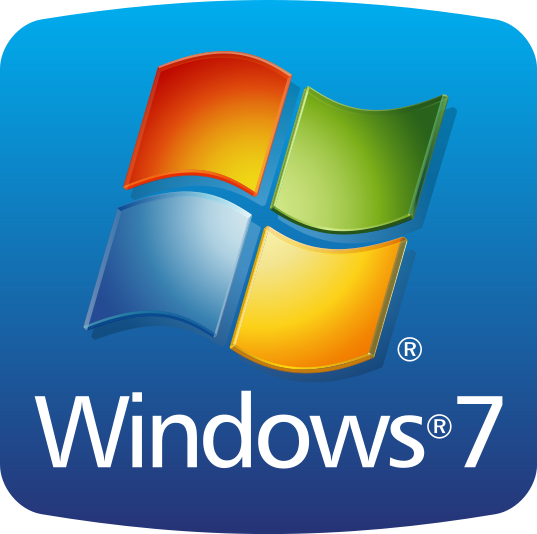 1. For Windows 7,XP and Vista.
1. For Windows 7,XP and Vista.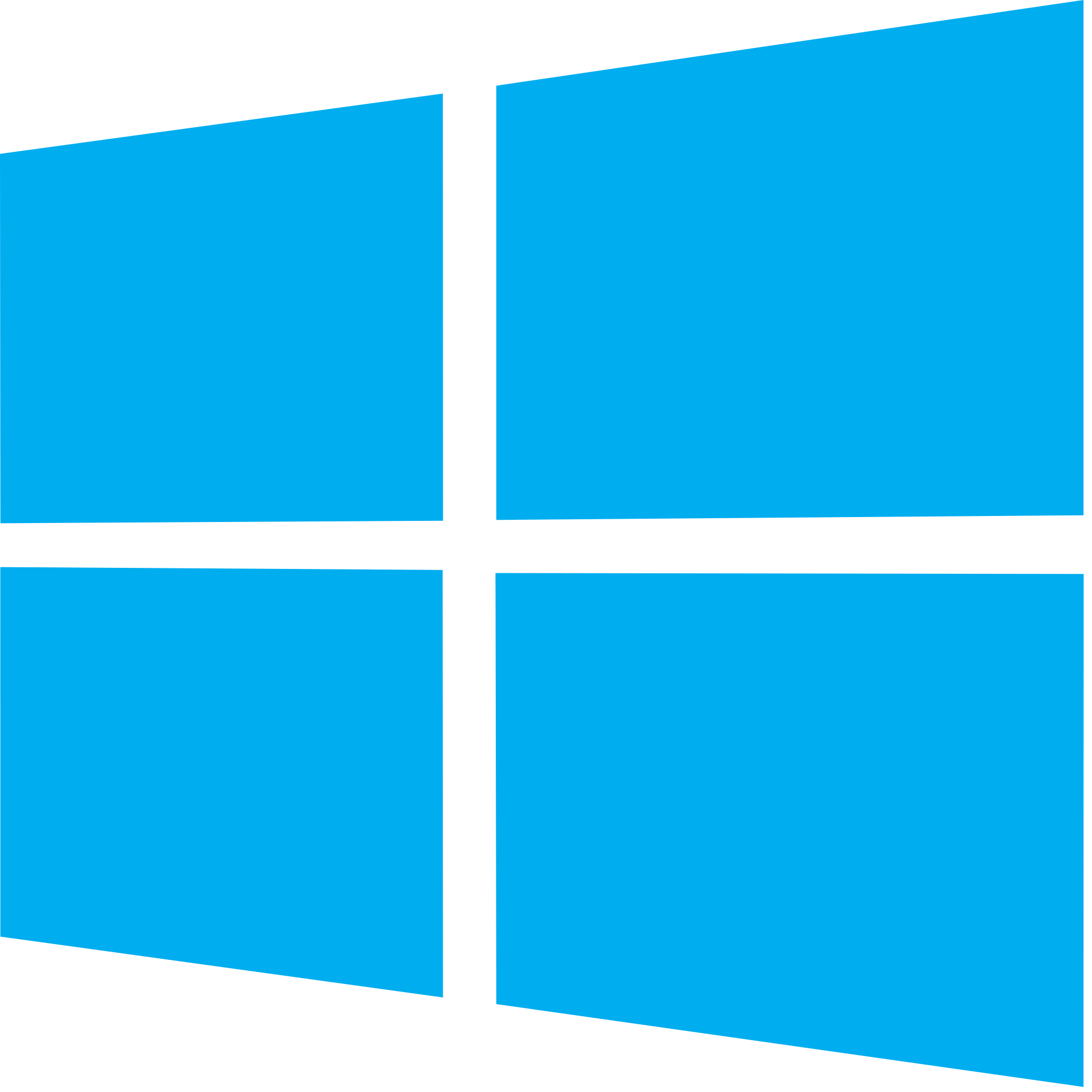 2. For Windows 8, 8.1 and 10.
2. For Windows 8, 8.1 and 10.

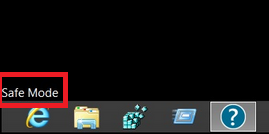
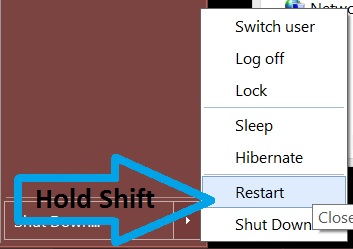
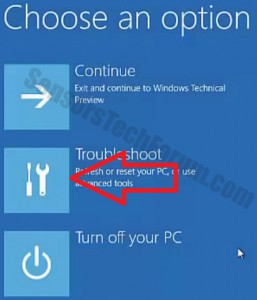
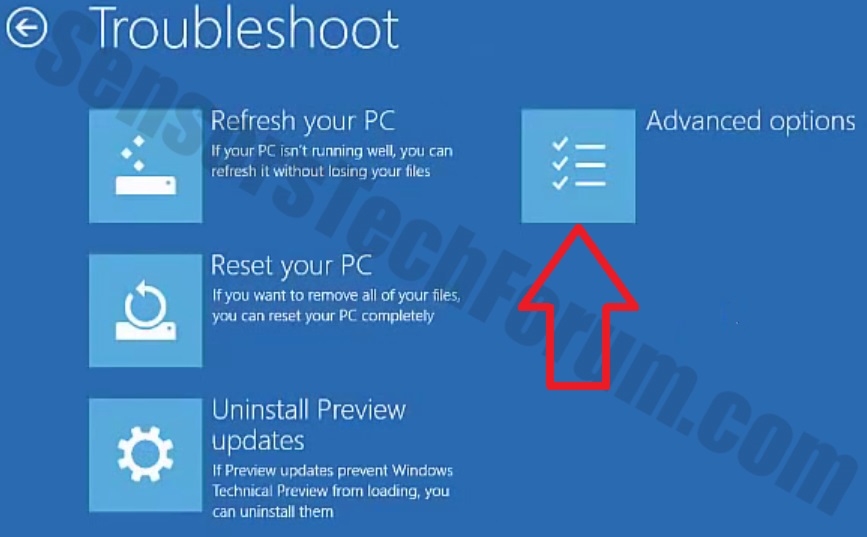

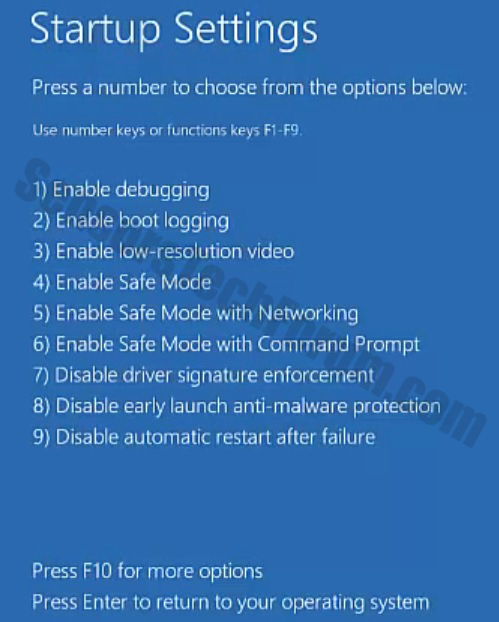
 1. Install SpyHunter to scan for and remove TreasureHunt.
1. Install SpyHunter to scan for and remove TreasureHunt.
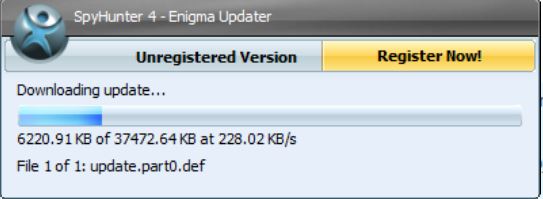

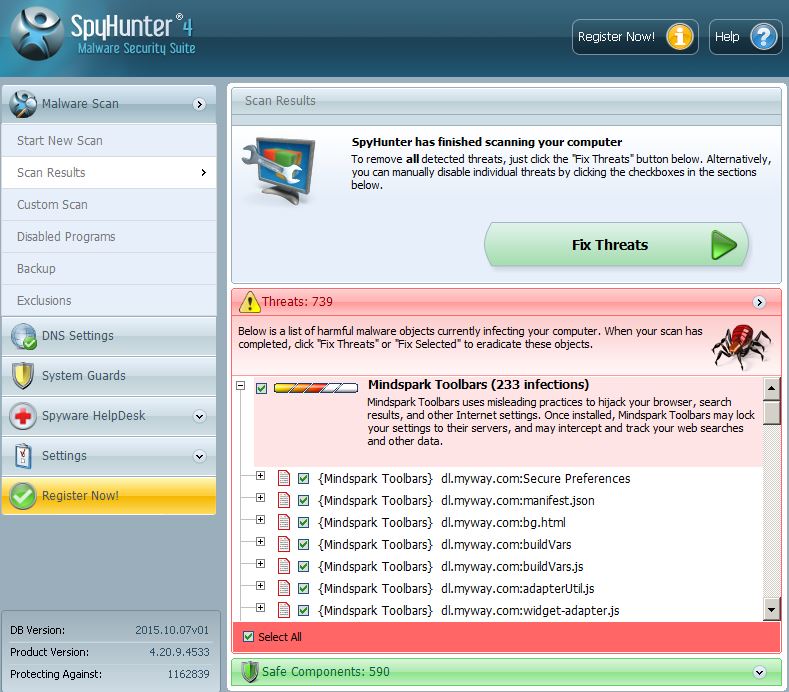
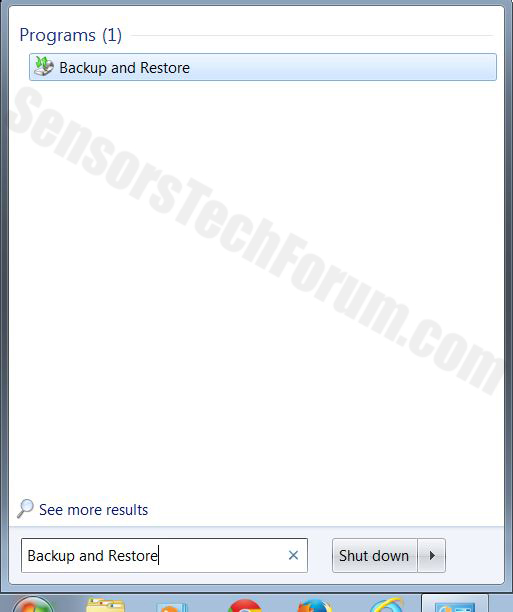
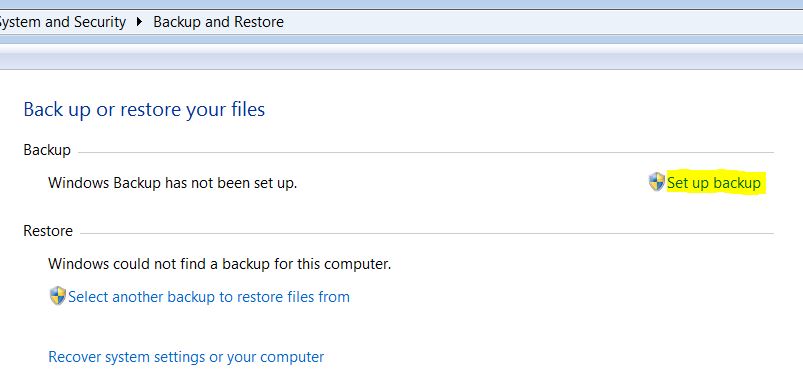
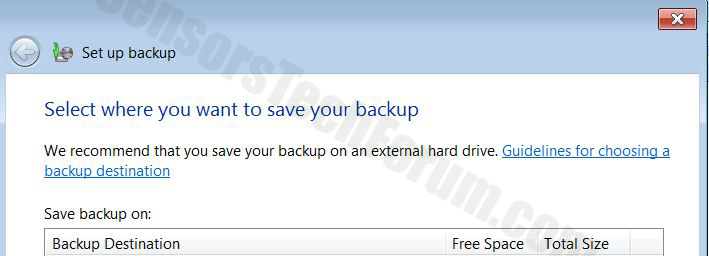
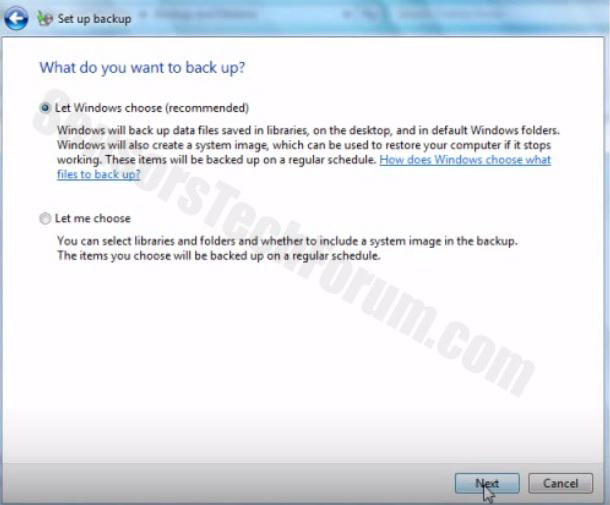
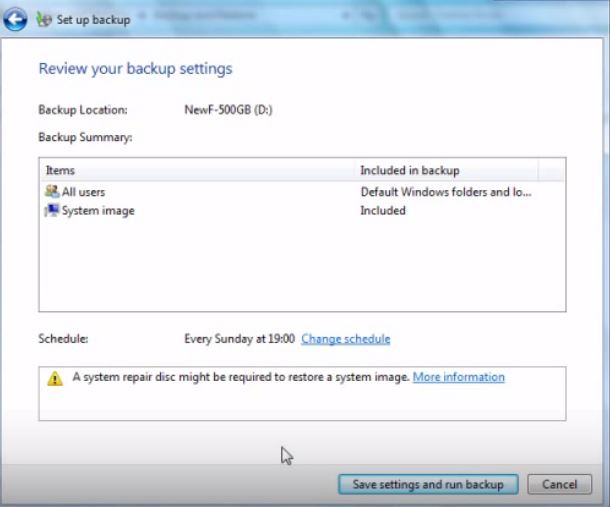

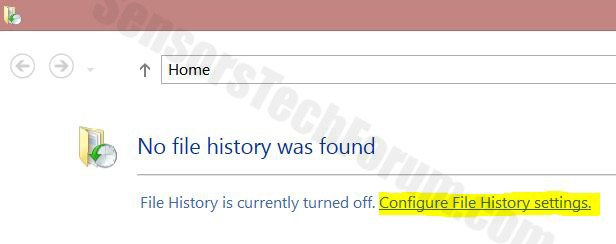
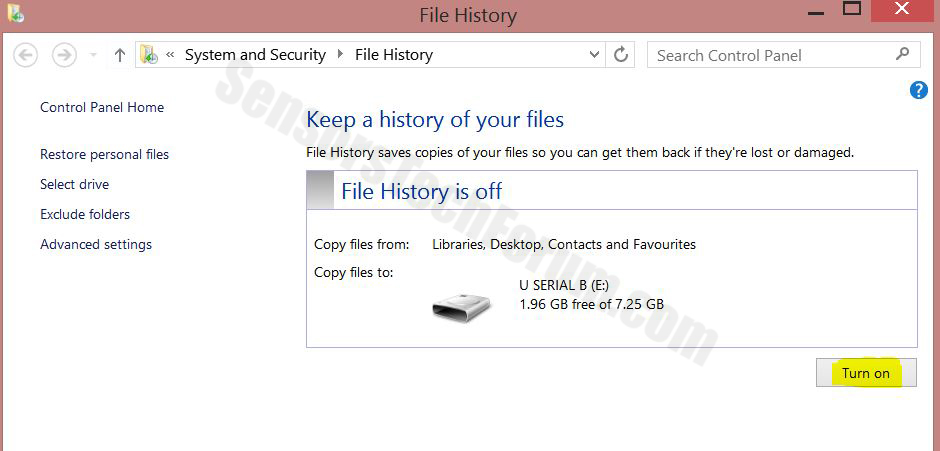



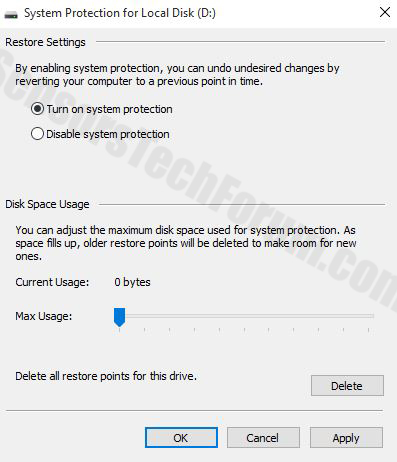
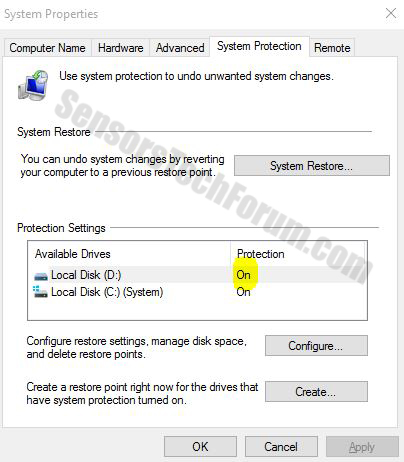
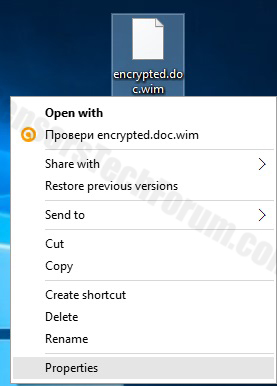
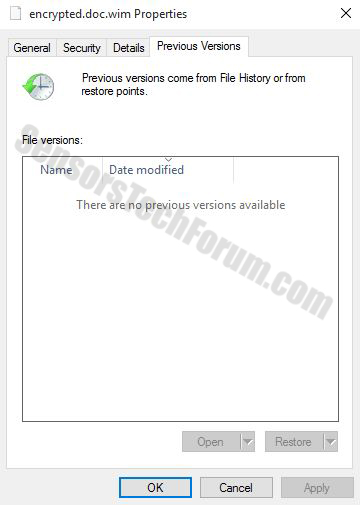
 Malwarebytes Anti-Malware
Malwarebytes Anti-Malware STOPZilla Anti Malware
STOPZilla Anti Malware